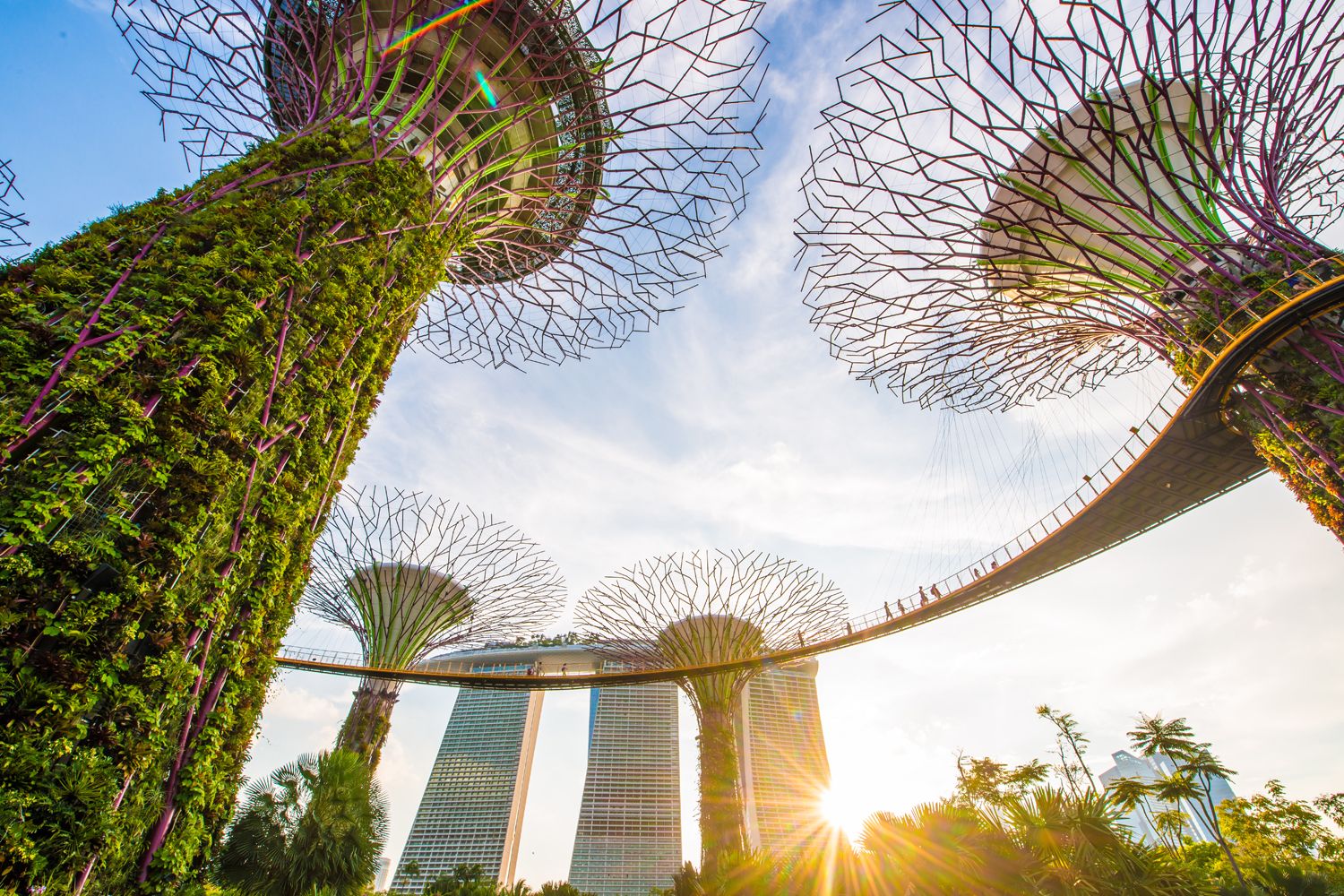KPMG published the Net Zero Readiness Index (in 2021), a few weeks before the COP26 UN climate change conference in Glasgow. The event resulted in 153 countries putting forward new emissions targets for 2030 and more than 90 percent of world economic output and global emissions being covered by net zero agreements. Attempts to phase out the use of coal, the single biggest contributor to climate change, failed with weaker language to ‘phase down’ its use in the final agreement. COP26’s chairman Alok Sharma said that the conference had kept alive the hope of keeping global temperature increases within 1.5 degrees Celsius this century but added “its pulse is weak.”
The last two years have seen many countries taking steps in the right direction towards net zero, even if most have a long way to go. Some have announced significant new policies to support decarbonisation, including the REPowerEU in Europe. Emissions trading schemes are expanding in several countries and the EU is phasing in its Carbon Border Adjustment Mechanism, an idea that other countries look likely to adopt. The bloc is also introducing regulations to block the import of products linked to deforestation, showing how some jurisdictions plan to go further faster to meet net zero pledges.
Next year will see companies in many countries starting to report on their climate change risks and plans.
Renewable energy production continues to expand rapidly around the world, investment is rising fast and there are indications that it is becoming harder to raise funding for some fossil fuel projects. Renewable production and the reshaped electricity grids it requires will inevitably impact on some local environments, their biodiversity and communities. We are going to see more conflicts between the local and the global, but if we want to reach net zero while keeping the lights on, we have to build new power infrastructure somewhere.
These issues are among those discussed in this Net Zero Readiness Report. It explores the readiness of 24 countries based on interviews with local KPMG specialists. This report also examines global trends in sectors that are key to tackling climate change: the economy, electricity, transport, manufacturing, buildings, infrastructure, oil and gas, agriculture and the blue economy.
Across these countries and sectors we can see plenty of examples of progress on decarbonisation including growth in electric vehicle sales, although from a low level in most countries. On behalf of all the KPMG specialists involved, we hope this report can contribute to helping organizations quicken their pace on the long walk towards net zero.
Country profile: Singapore
Singapore has committed to net zero by 2050 while raising its carbon tax and looking to neighboring countries for renewable electricity. It is working to replace shipping’s bunker fuel with green ammonia and continuing to decarbonize land transport.
In October 2022 Singapore’s government said it plans to reach net zero emissions by 2050, rather than around this date as previously, as well as set a target for 2030 of 60MtCO2e compared with a 2020 business as usual projection of 77.2MtCO2e.1
Singapore introduced a carbon tax in 2019, the first country in the region to do so, which applies to about 50 high-emitting facilities. The government has also legislated for companies to appoint energy managers and publish energy conservation plans on a voluntary basis, which it hopes will help develop business opportunities in green financial services.
Almost all of the city-state’s energy comes from imported fossil fuels and there is very little space for renewable energy production, although the government envisages the installation of about 2GW of roof-top and floating solar by 2030.
Singapore plans to become water independent before its long-term water supply agreement with Malaysia ends in 20612, through rain water harvesting, desalination plants and water recycling as well as imported water. Desalination is highly energy intensive so the water authority PUB is working on technology improvements to improve efficiency.3

Over the last five years Singapore has made a conscious decision to move towards net zero. For a city-state dependent on imports for almost all its supplies of necessities and being a petrochemicals and logistics hub, this is the start of large-scale economy-wide transformation.

Cleaning up transhipment
Singapore hosts the world’s largest port for transhipment, the process of moving cargo from one vessel to another as part of a journey. Shipping currently relies on bunker oil, which generates local air pollution as well greenhouse gas emissions, but following feasibility and safety work the Maritime and Port Authority of Singapore expects it can start fueling vessels with green ammonia produced with renewable electricity from 2026.4 It has also published a long-term decarbonization plan for its maritime sector.5
The city-state has already done a lot to decarbonize local transport, including plans for all buses to run on electricity by 2025. It has cut the number of certificates of entitlement for private car ownership it auctions to enforce zero growth in overall numbers.6 As a result, the 3-month average cost of a 10-year certificate for a larger car tripled from SGD39,500 in December 2019 to SGD118,900 in July 2023.7
Country Insights
Fore more key insights and observations as well as detailed country profiles, download the full Net Zero Readiness Report.
Get in touch
Connect with us
- Find office locations kpmg.findOfficeLocations
- kpmg.emailUs
- Social media @ KPMG kpmg.socialMedia



